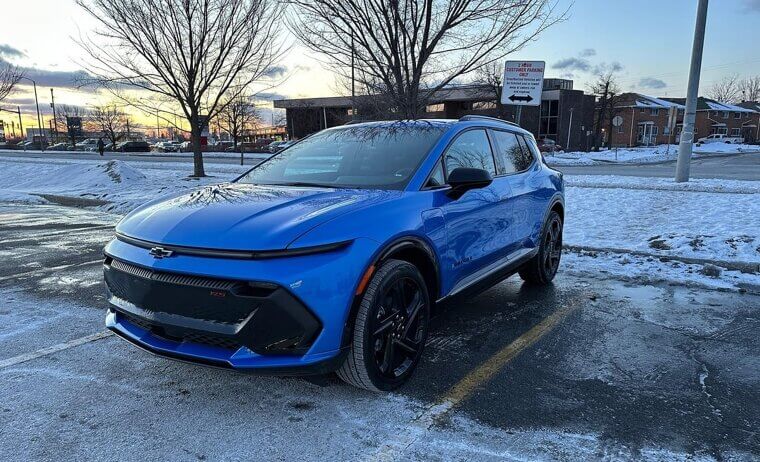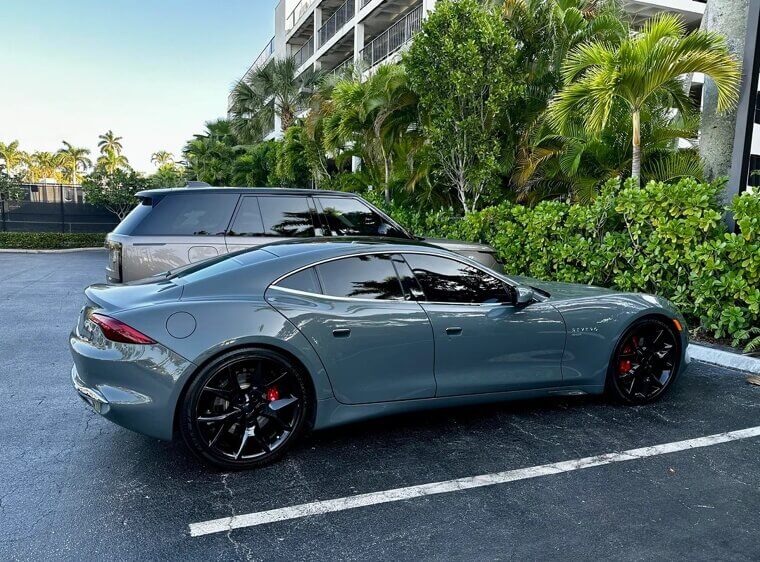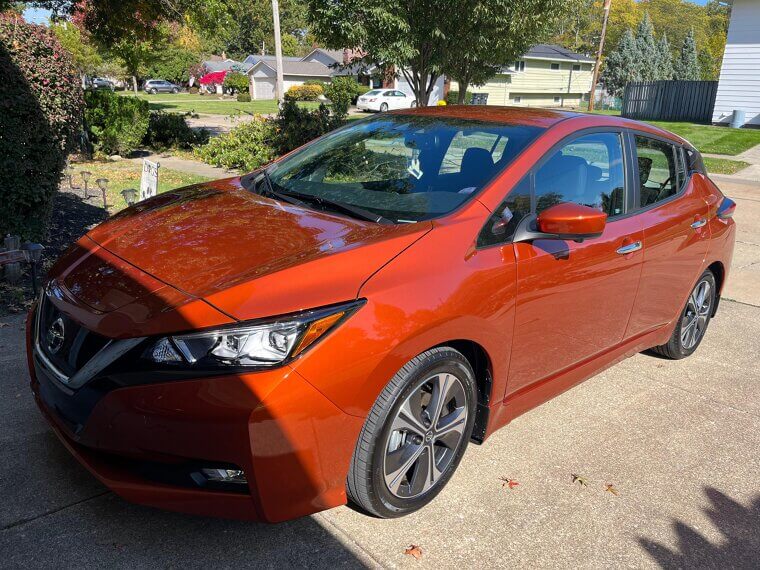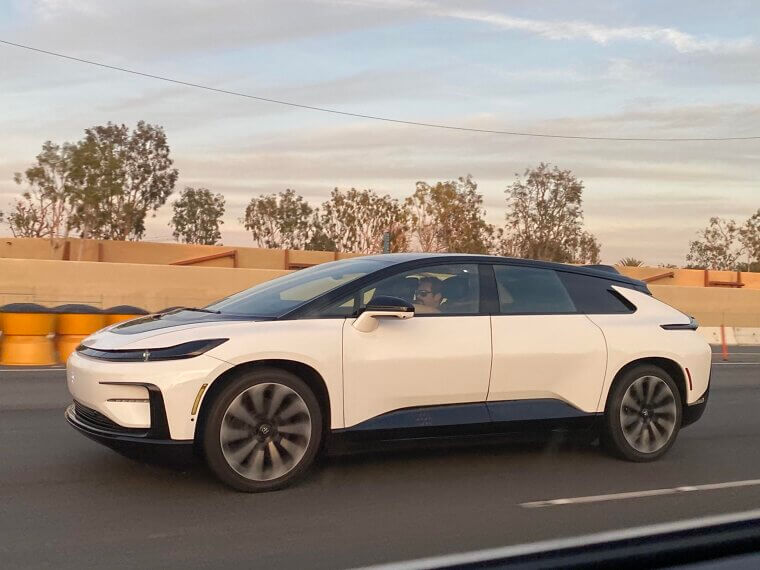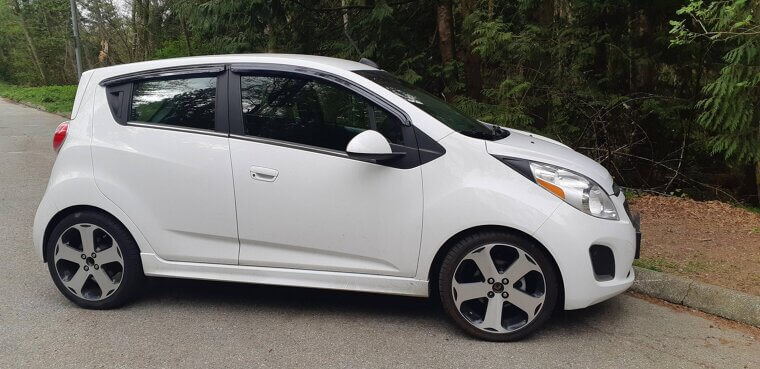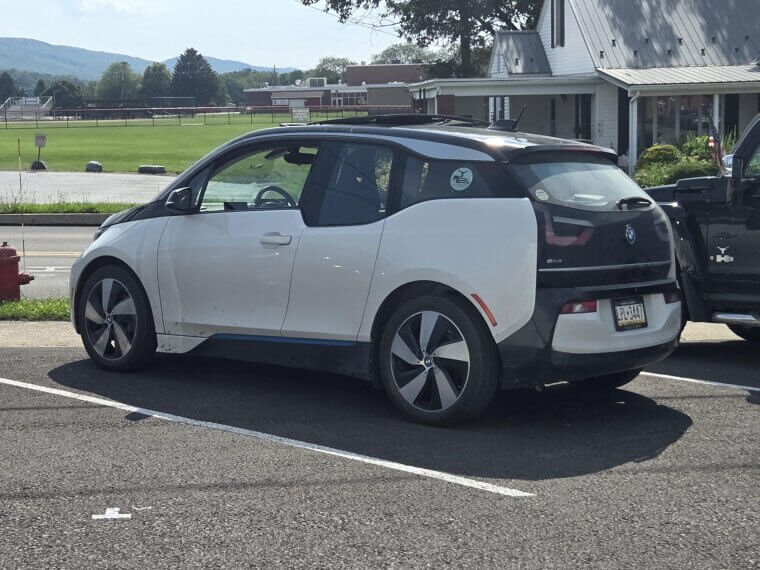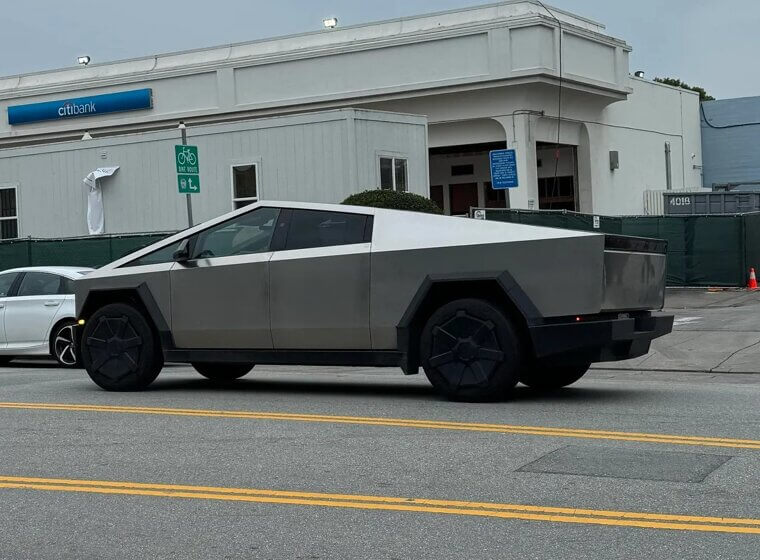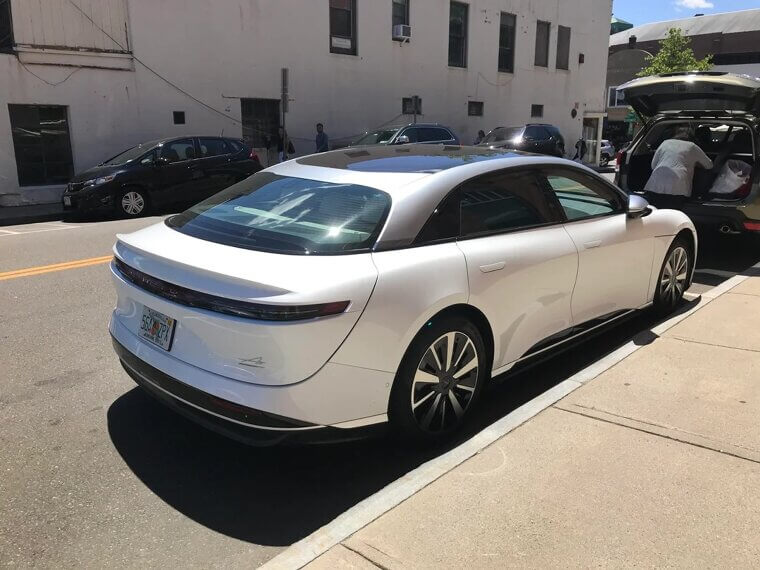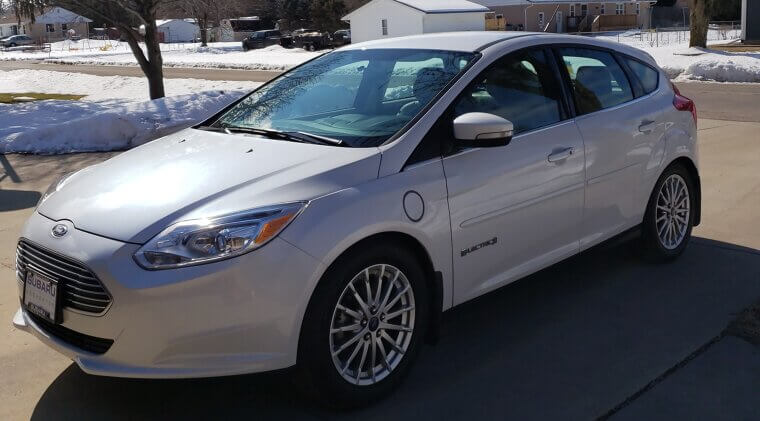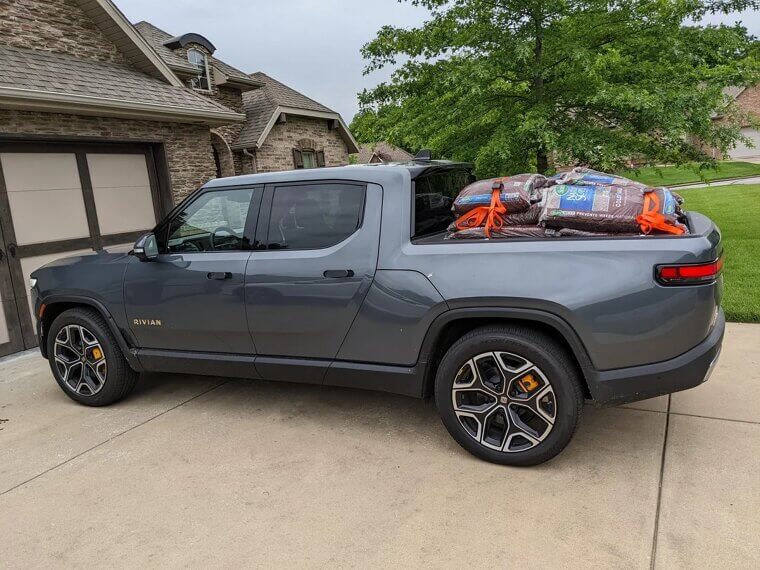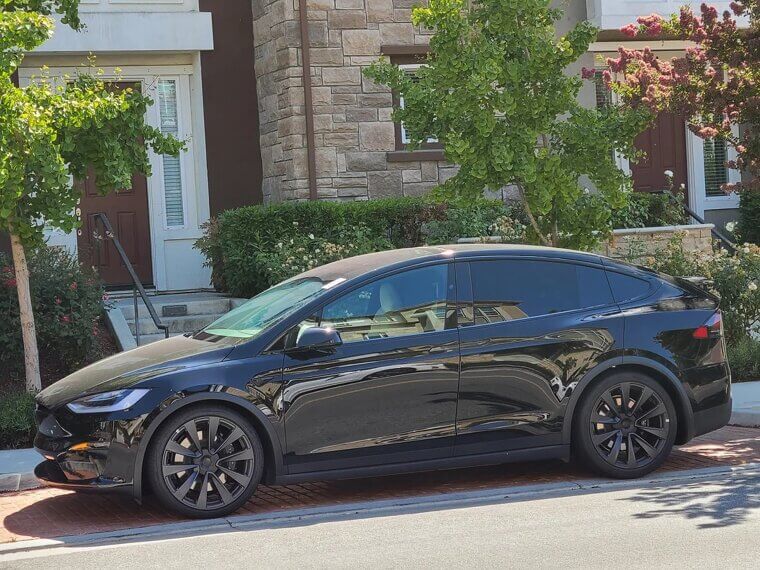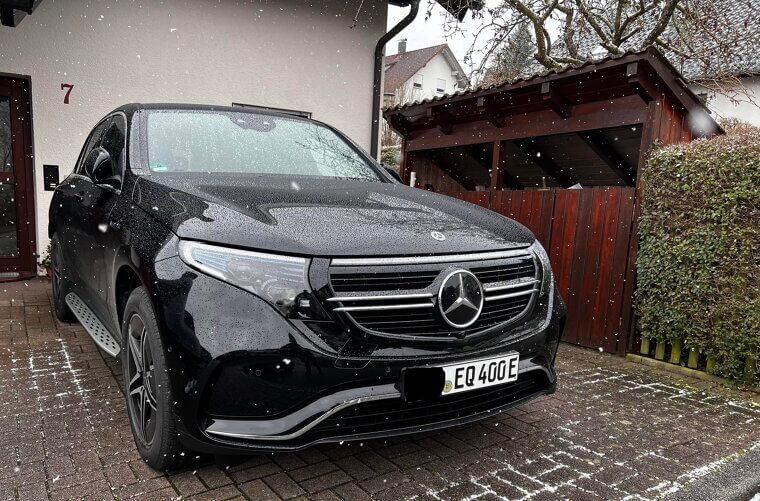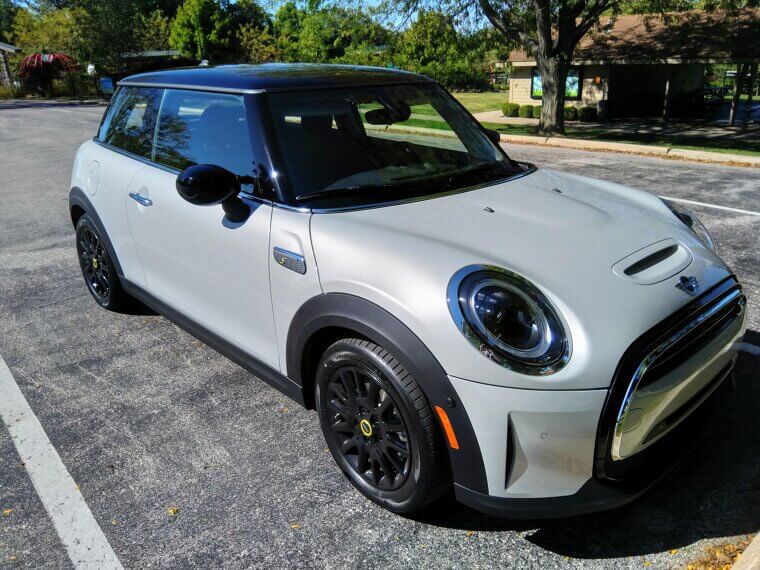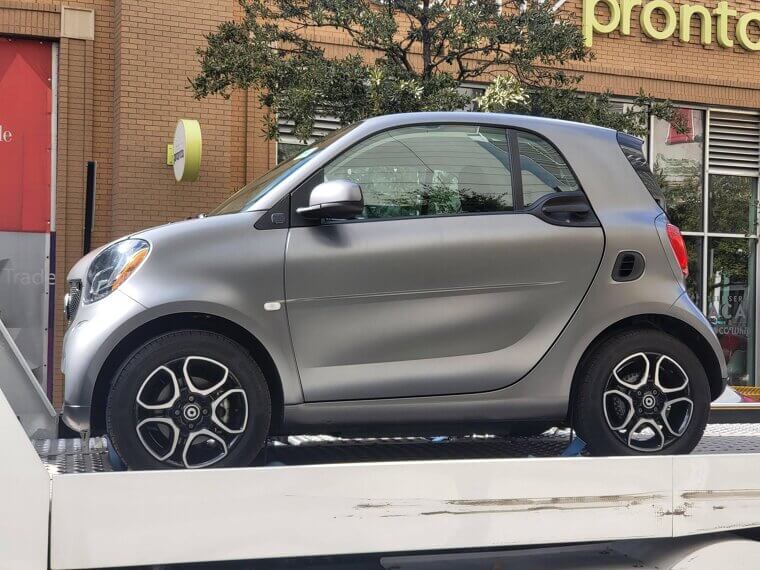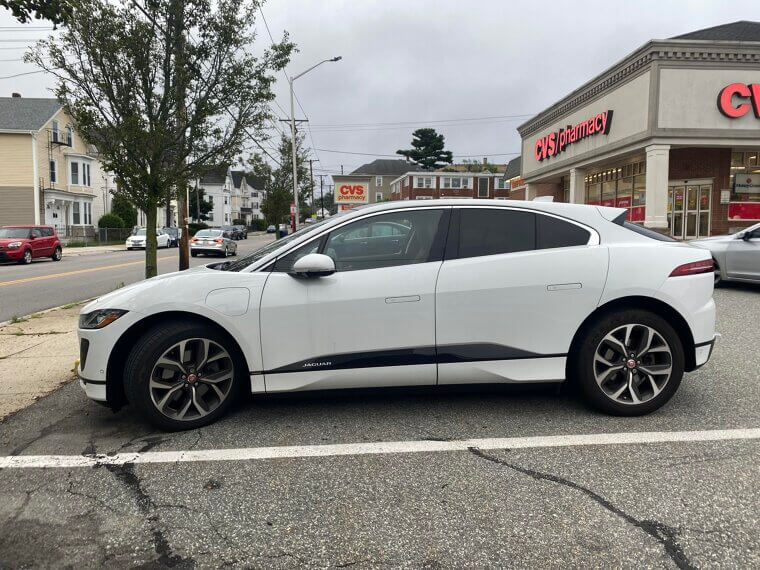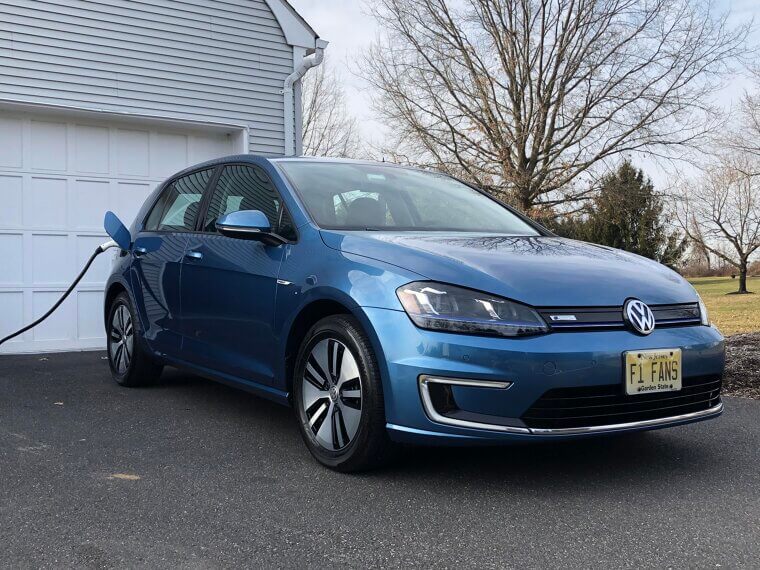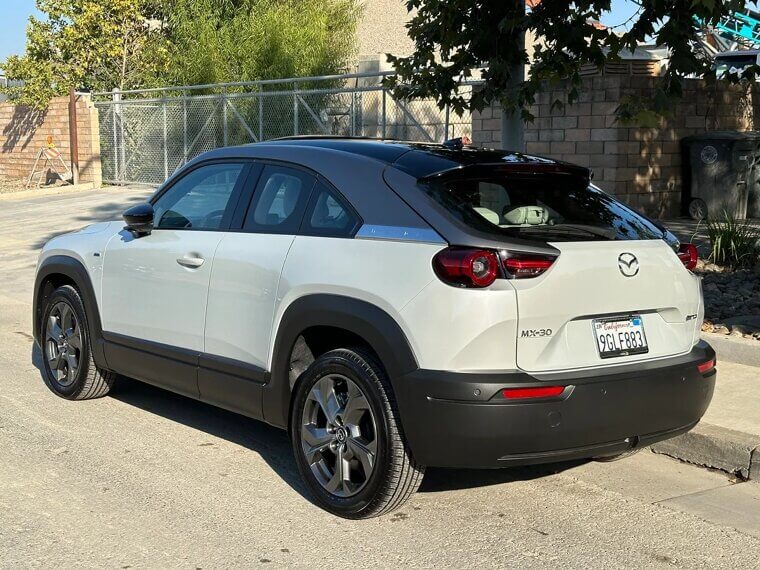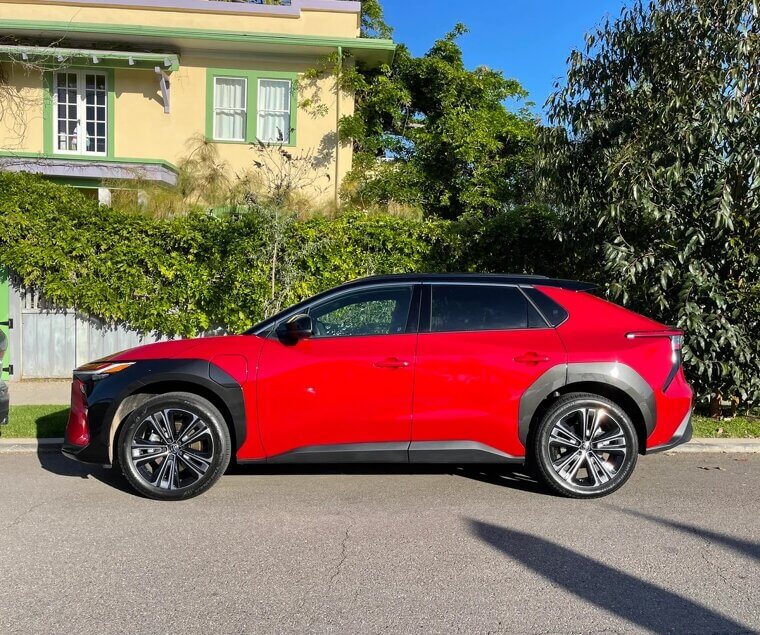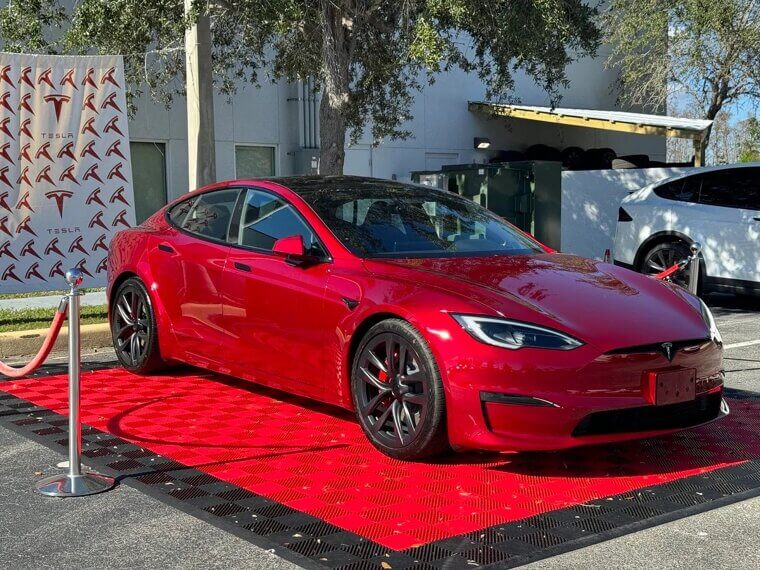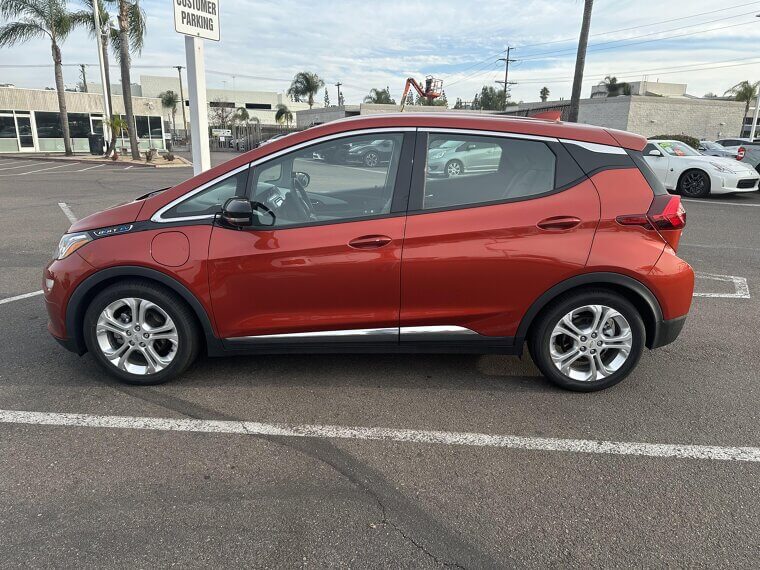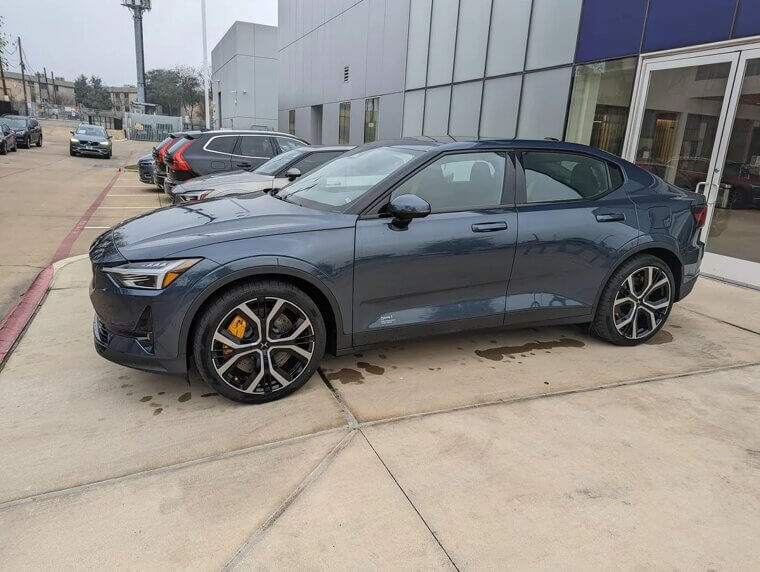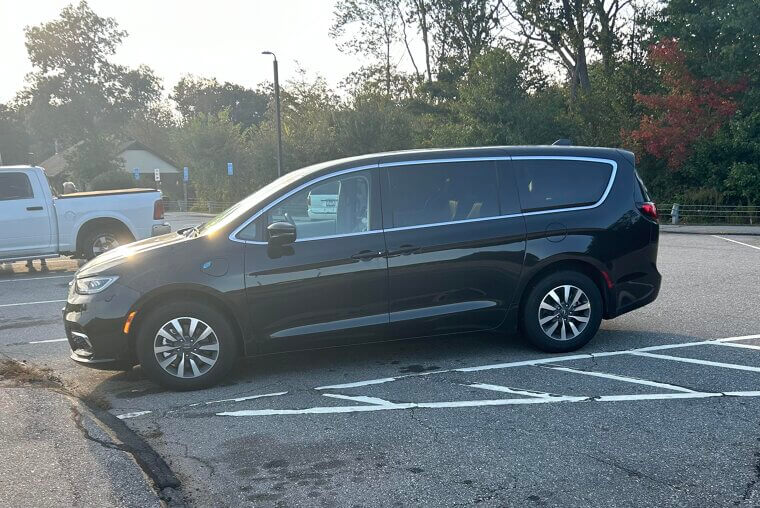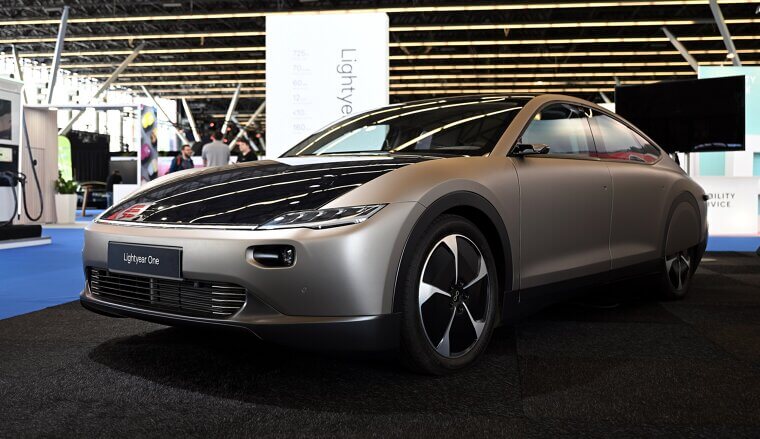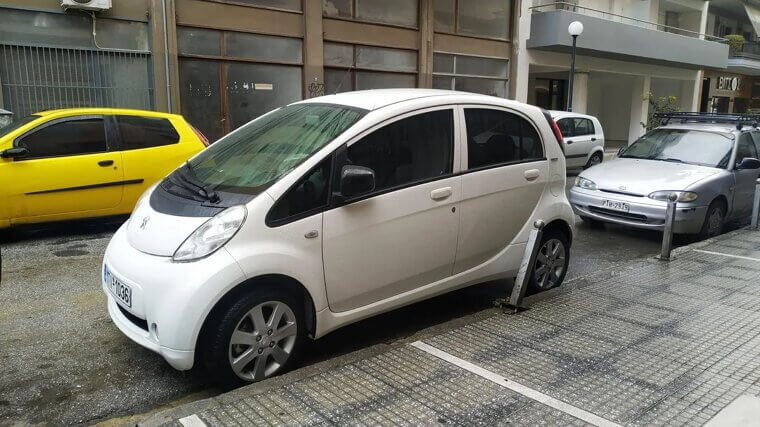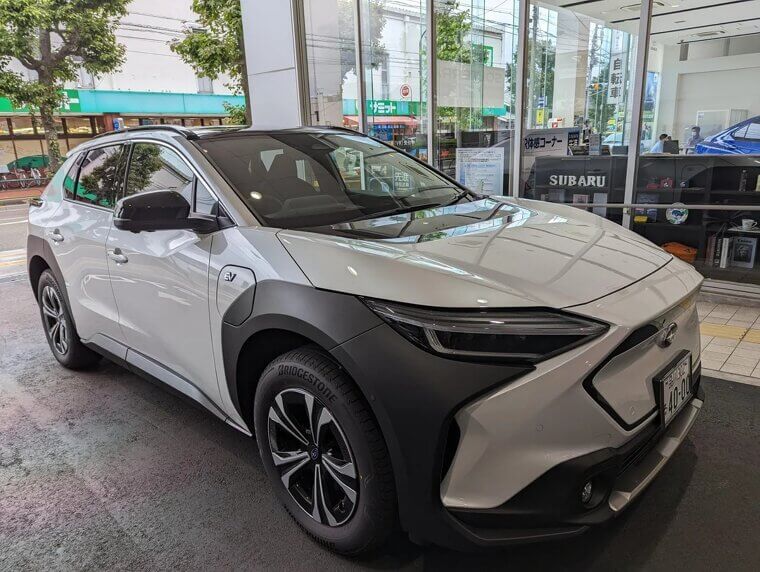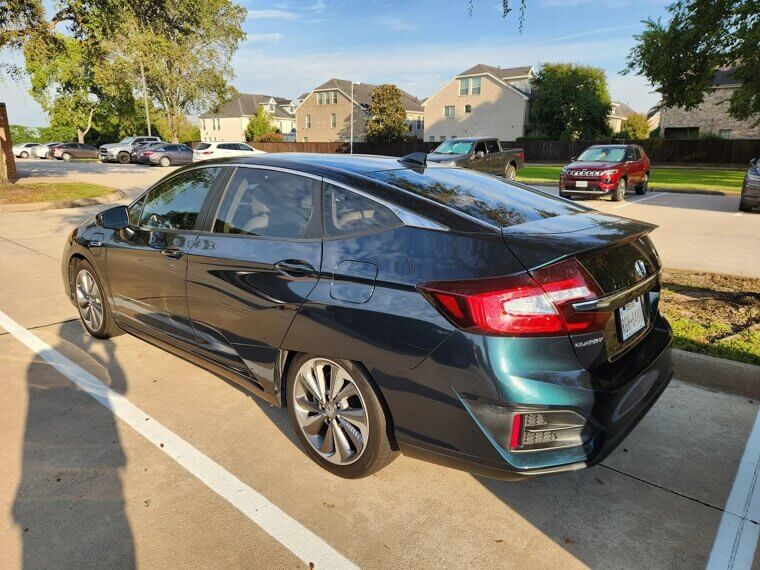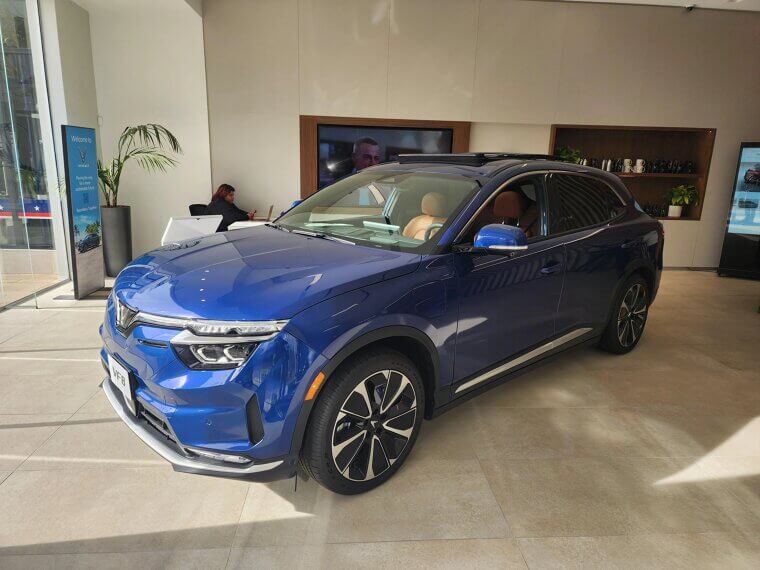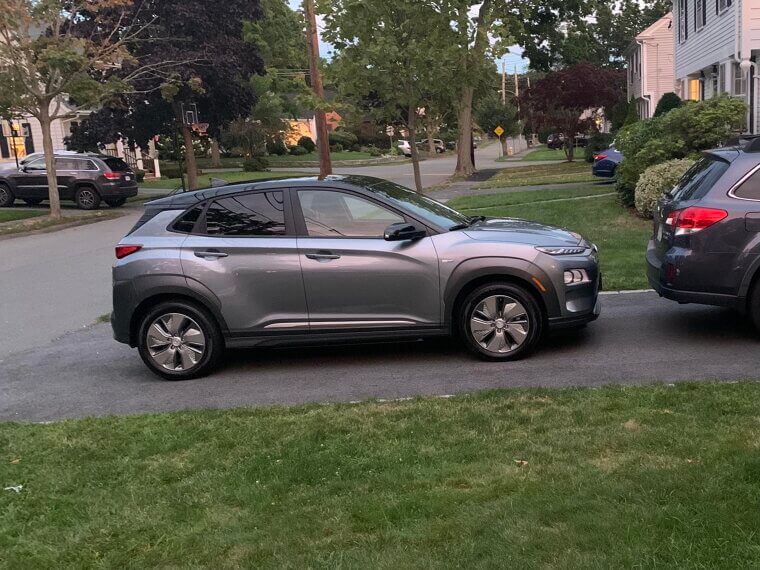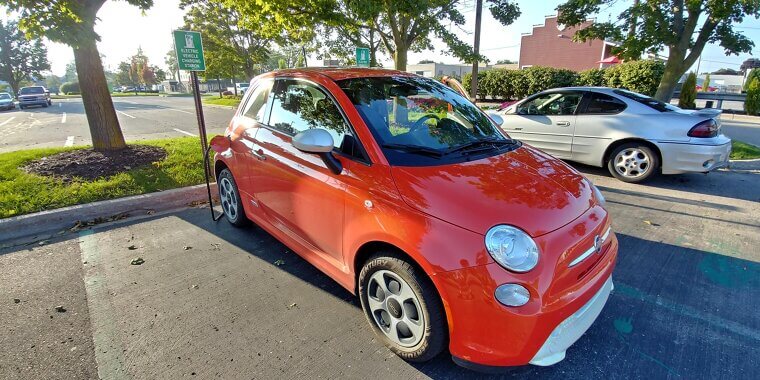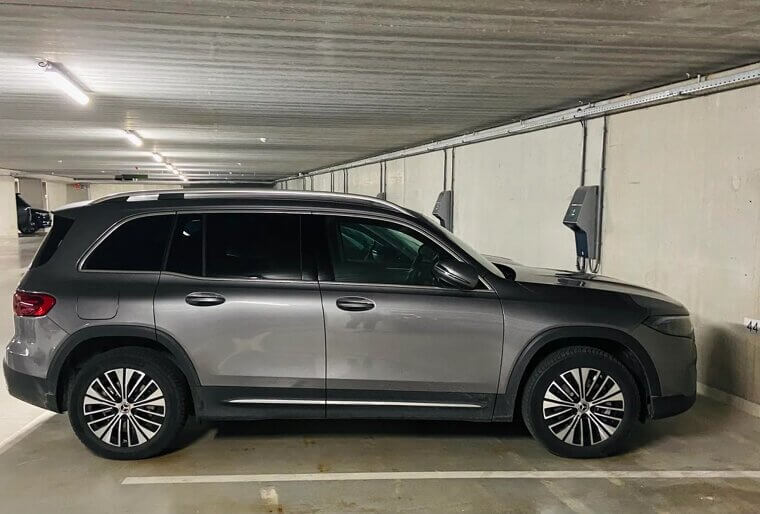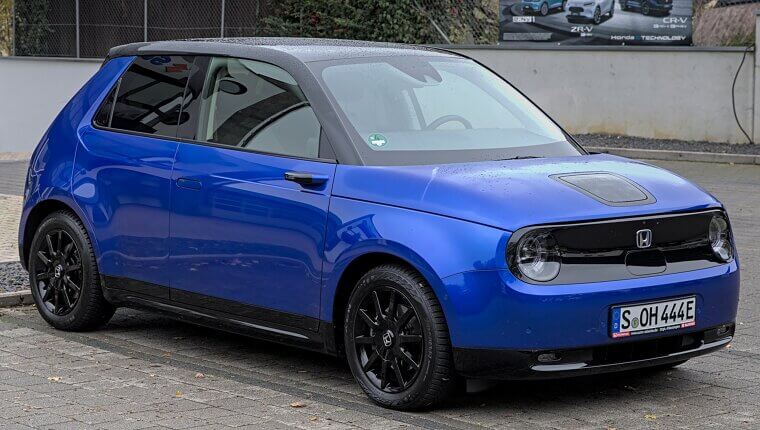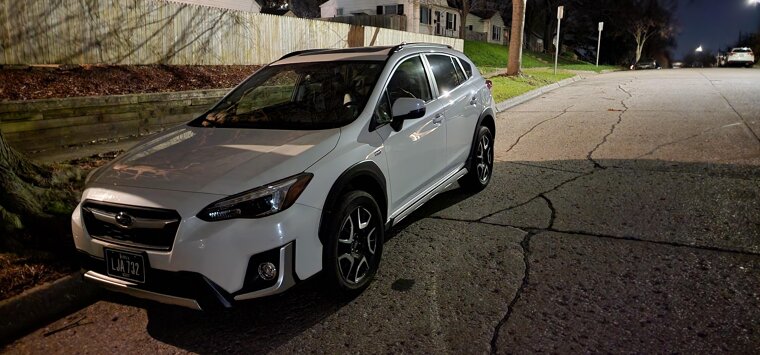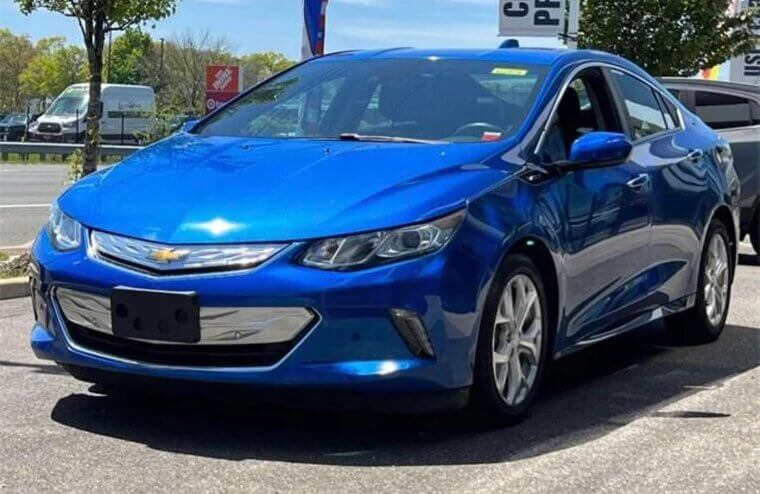These Electric Cars Completely Let Drivers Down
Electric cars promised us a lot of features - fast, clean, and cool. But some just didn’t live up to their hype. With issues like a weak range or glitchy tech, let’s explore the 35 electric cars that left buyers disappointed. Read on to see why.
Fisker Karma
The Karma was sleek and stylish. People expected a green luxury EV, but all it really did was overheat and break down often. It also costs way too much for what you get. It had all the looks, but none of that all-important staying power.
Nissan Leaf
Nissan’s Leaf was the first big-name EV, so expectations were sky high. But the range was weak, the battery degraded fast, and it didn’t do well in hot weather. People wanted a clean, affordable daily driver. What they got was range anxiety and early battery issues.
Faraday Future FF91
This EV was supposed to be the Tesla killer. The Faraday Future FF91 barely made it past the concept stage. There were delays, money problems, and drama behind the scenes that kept it in EV limbo for ages. It pretty much stayed on paper.
Chevrolet Spark EV
Who knew that Chevy made an EV version of the Spark? We didn’t! It had decent speed and range, but Chevy barely marketed it. Rather than the reliable EV that everyone thought it would be, the Spark EV looked like a toy and was hard to find outside California.
BMW I3
The BMW i3 had promise. It had funky styling, a carbon fiber body, and cool tech. It also had weird doors, a short range, and it was just too small for most people. BMW aimed for “futuristic,” but released a quirky city car with too many issues.
Tesla Cybertruck
Everyone thought the Tesla Cybertruck would be a sci-fi beast that could tow mountains. Instead, it arrived a few years late, looked weird in person, and had too many build quality complaints. The hype was massive - but the final truck didn’t quite match the dream.
Lucid Air
The Lucid Air had some insane range and high-end features. And that’s where the fun stopped. Early models had quality control issues, software bugs, and delivery delays. It was fast and fancy, sure, but most buyers felt like beta testers for later models.
Ford Focus Electric
Ford basically slapped a battery into a regular Focus and called it a day. There was no fast charging, no range, and a pretty boring design. It worked, but it didn’t have that element of excitement you’d expect in a Ford. Their heart simply wasn’t in it.
Rivian R1T
EV lovers were excited for the release of the rugged Rivian R1T. And sure, it was cool. But early buyers were met with delivery delays, service issues, and parts shortages. The truck itself wasn’t bad, but the rollout made people wonder if Rivian was ready for the big stage.
Tesla Model X
There’s no denying the Falcon doors on the Tesla Model X looked cool. But that was only when they were working. The Model X wowed everyone with its tech. Sadly, early versions had tons of problems, and the repairs weren’t fun or cheap.
Mercedes-Benz EQC
Mercs EQC was supposed to have Mercedes luxury in EV form. Instead, it felt rushed and surprisingly basic for the luxury carmaker. The range was lower than that of its rivals, and it lacked any features that would make it stand out. It was so underwhelming that it didn’t even launch in the U.S.
Mini Electric
Most people love Minis for their fun, zippy vibe. The electric version, however, had weak range and a super stiff ride. It felt more like a toy than a full car. Fun? Sure. Practical? Not really. You’d be charging it more than driving it.
Smart EQ ForTwo
The electric version of the Smart ForTwo was a tiny city car with almost no range. Sure, it was easy to park, but it didn’t go far. It had about 60 to 70 miles of range on a good day. Cute for short trips, but super impractical.
Jaguar I-PACE
Jaguar’s EV, the I-PACE, had all the looks and the badge to back it up. But it never took off. Owners reported charging issues, buggy software, and a range that fell way short of claims. Jaguar wanted to beat Tesla but failed miserably.
Volkswagen E-Golf
Volkswagen dropped the e-Golf without much fanfare. Not many people even knew it existed. It drove fine, but had a short range and no real spark. It felt like a regular Golf on battery life support. Everyone knew VW could do better.
Kandi K27
The promise was a super cheap EV under $20K. The catch was that it was basically undrivable. The Kandi K27 had a tiny range, sluggish power, and felt like it was built from leftover scooter parts. It was a cute idea, but it just didn’t deliver.
Mazda MX-30
Mazda’s first EV, the MX-30, looked great. But the range was barely 100 miles. And that’s with no all-wheel drive and slow charging. It felt like Mazda didn’t actually want to sell it. Sadly, this was more of a “check the EV box” car than a real contender.
Hyundai Ioniq Electric
Long before the Ioniq 5, the original Ioniq EV was just plain boring. It had low range, a dull design, and a forgettable performance at best. It worked, but that’s about it. Hyundai clearly used this one as practice before they improved their EVs later.
Toyota BZ4X
Toyota took forever to join the EV game. And, when it did, the wheel literally fell off the bZ4X. Seriously, there was a recall for the wheels possibly detaching while driving. The car also had slow charging and less-than-great range.
Tesla Model S Plaid
The Model S Plaid was super fast, sure, but it had too many issues to make it a great car. There were rattles, alignment issues, and pretty cheap interiors. For a $130K car, it felt unfinished. People wanted the ultimate EV, but they got the Plaid instead.
Chevy Bolt EV
The Chevy Bolt EV was a great little car until the whole “might catch fire” debacle happened. GM had to recall tons of them for battery defects. This kind of blew up people’s trust in the car. Sure, it’s better now, but that early scare was a PR disaster.
Polestar 2
The Polestar 2 was stylish and fun to drive - until owners ran into software issues, glitchy displays, and weird charging problems. Many owners felt it was like dating someone really pretty who keeps canceling plans at the last minute. It just tested their patience one too many times.
Renault Fluence Z. E
The Fluence Z.E was Renault’s first big attempt at an EV. Sadly, it didn’t take off as the battery-swapping plan flopped, the range was meh, and it felt outdated, even new. It came and went like a whisper, and you probably missed it if you blinked.
Chrysler Pacifica Hybrid
The Pacifica is a hybrid, and not a full EV, but not even that went smoothly. Owners reported random charging failures and flaky electrical systems. For many, this was just another minivan with too many issues. If only it worked right every time.
Lightyear One
The Lightyear One was a solar-powered EV. Sounds like magic, right? It launched with a sky-high price tag and low production. Then - BOOM - bankruptcy hit. We’re not even sure anyone bought the car before the company went under, but we like the concept of it at least.
Peugeot IOn
Peugeot’s iOn was a tiny EV that barely had 60 miles of range. It also looked more like a jellybean on wheels. It was fine for those short city trips, but that’s about it. Peugeot didn’t even try to improve it. It’s no surprise it faded fast.
Subaru Solterra
Subaru fans waited years for an EV. What they got was a rebadged Toyota with slow charging and a recall because the wheels might fall off. The Solterra was not exactly confidence-inspiring for a brand known for its rugged reliability.
Honda Clarity Electric
The Clarity had promise. But the electric version of the car had a pathetically short range. We’re talking under 90 miles on a full charge. That’s barely enough for a trip to the grocery store. Honda didn’t sell this one widely, and nobody really noticed when it disappeared.
VinFast VF8
VinFast made a huge splash entering the EV market with the release of the VF8. But it turned out to be a letdown. Drivers complained about everything from the cheap interiors to buggy software. Reviewers weren’t kind either. The car just wasn’t ready for prime time.
Hyundai Kona Electric
The Kona Electric had some decent range. Earlier models, however, had battery recall issues and fires. Owners were told to park outside “just in case.” It’s gotten better over the years, but that early stumble made people nervous about the Kona Electric.
Fiat 500e
Fiat’s 500e was cute as a button, but didn’t have much else going for it. It had poor range and was only sold in a few states. Fiat later admitted it only made the 500e to meet regulations. It’s fun to look at until you’re stuck hunting for a charger in the middle of nowhere.
Mercedes-Benz EQB
The EQB was meant to be a luxury electric SUV with plenty of room for the family. Instead, it had tight third-row space and sluggish acceleration. It just didn’t feel special or exciting enough to stand out from other electric SUVs.
Honda E
Honda only sold this EV in Europe. And even there, it flopped. The range was too low for the price, and the tiny size didn’t help matters, either. People wanted to love it, but it was really hard to love an impractical little EV.
Subaru Crosstrek Hybrid
The plug-in hybrid version of the Crosstrek barely gave drivers 17 miles of electric range. It was way more expensive than regular models, but not much more efficient. People expected a rugged Subaru and got a head-scratcher instead.
Chevrolet Volt
The Volt was one of the first plug-in hybrids that came with real EV range. But the second generation didn’t evolve much. By the time it improved slightly, GM killed it. Loyal fans of the hybrid EV were left wondering why a good idea faded out so quickly.

